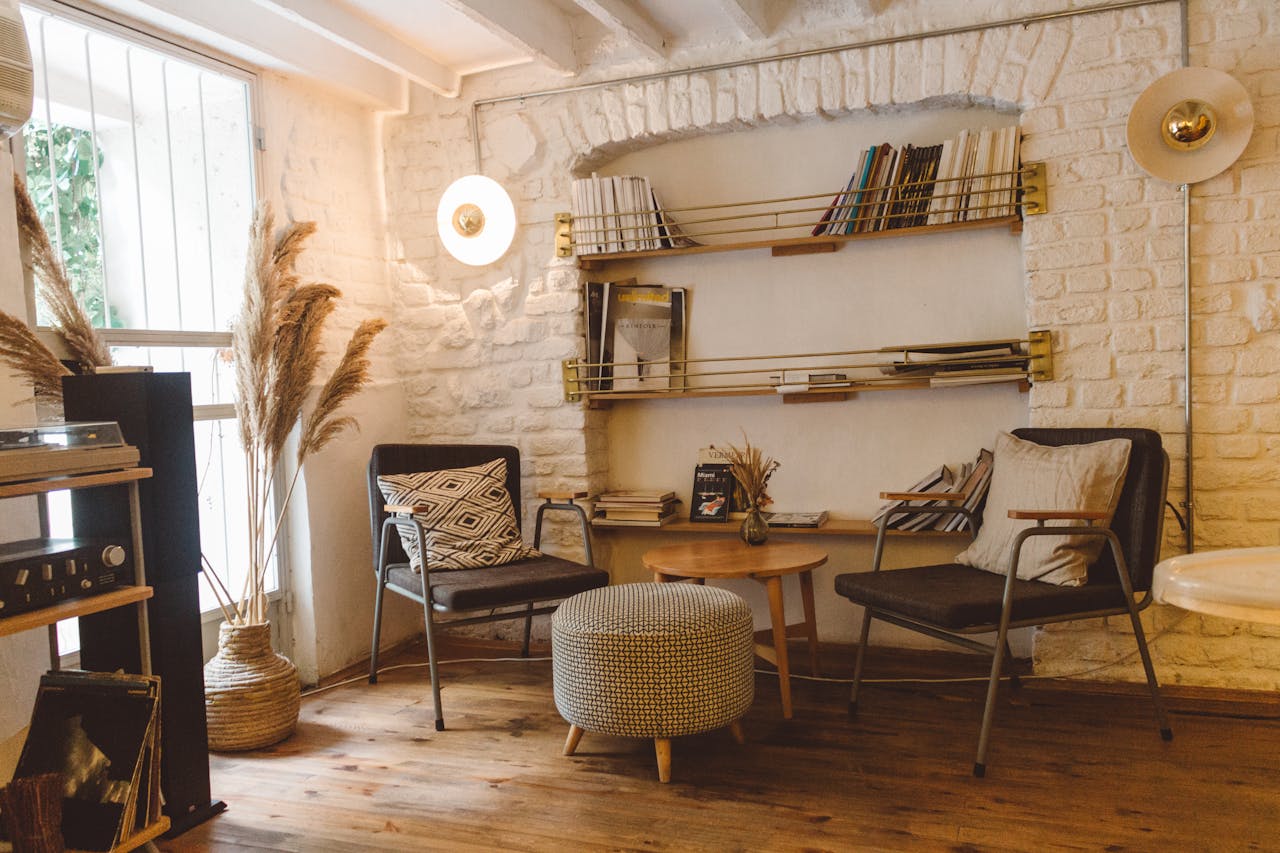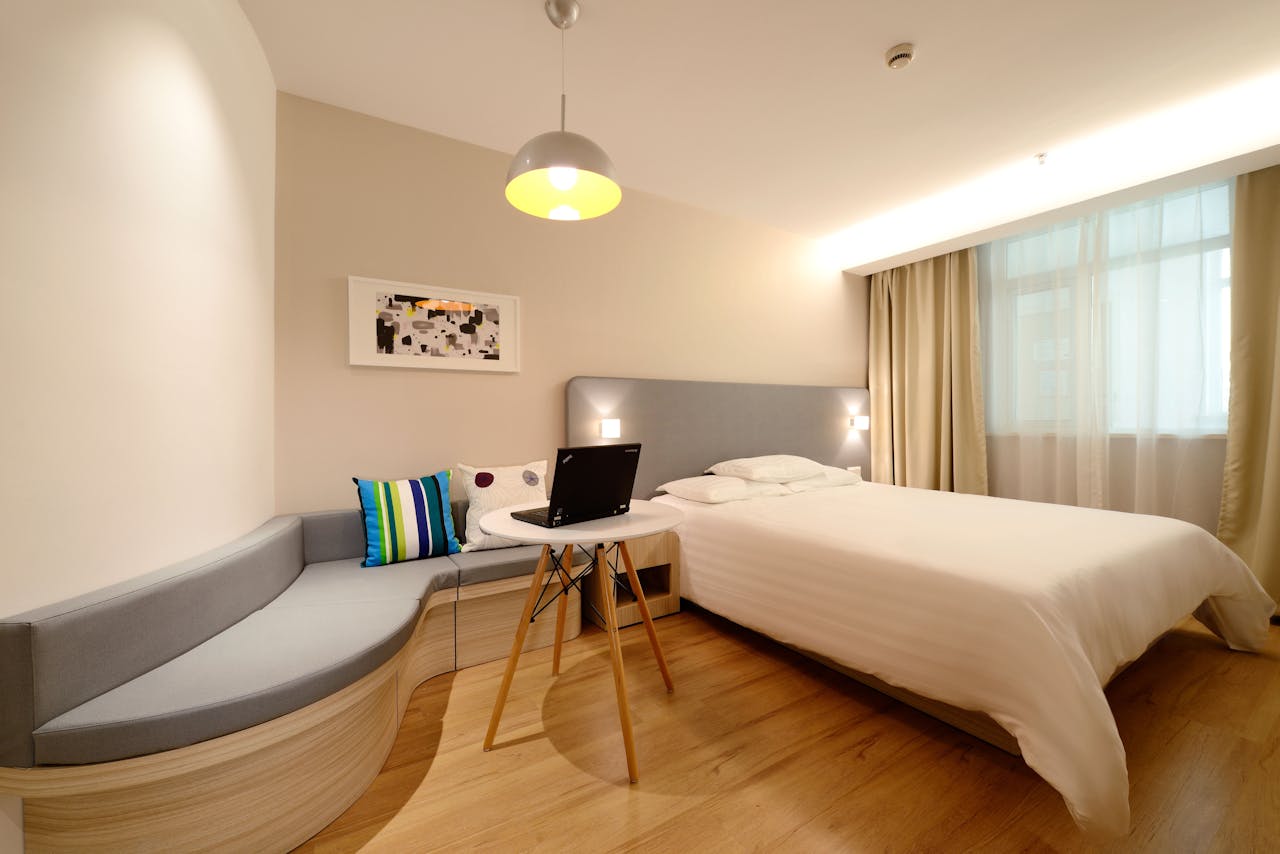
The apartment sales game has changed forever. With real estate renderings now achieving near-photographic quality, buyers can explore every corner of a property from thousands of miles away. 3D rendering real estate technology has evolved from a nice-to-have to an absolute necessity, especially in competitive urban markets where international buyers and remote transactions are becoming the norm rather than the exception.
No more wasted trips across town for disappointing viewings, no more struggling to visualize empty units. Today's sophisticated 3D real estate rendering service solutions create such immersive experiences that buyers can confidently make six-figure decisions without ever stepping foot in the building.
The Shift to Digital Apartment Viewings
Urban real estate moves fast—too fast for old-school showing methods. A recent National Association of Realtors study found that 63% of apartment buyers under 40 made offers after only virtual viewings. Why? Modern 3D real estate rendering firm solutions provide something photographs never could—authentic spatial understanding.
The pandemic accelerated this shift, but the underlying drivers run deeper. Millennial and Gen Z buyers expect digital-first experiences. International investors need remote access. Busy urban professionals value efficiency. All these factors converge to make real estate 3D rendering services essential tools rather than optional upgrades.
How 3D Rendering Enhances Apartment Virtual Tours
What makes 3D visualization for real estate much more effective than traditional media for apartments specifically?
- Space perception magic: Renders accurately convey how furniture fits in compact rooms where wide-angle photos distort dimensions
- View flexibility: Virtually "walk" through walls to see sightlines no camera could capture
- Lighting control: Show units at their best at any hour without scheduling constraints
- Blank canvas potential: Demonstrate an empty unit's potential with virtual staging alternatives
This technical superiority explains why 78% of buyers find 3D tours more helpful than photographs for apartment hunting (2023 Zillow Consumer Housing Trends Report).
Key Benefits for Apartment Sellers
For developers and sellers, investing in 3D visualization real estate pays dividends throughout the sales process. The most significant advantages include attracting serious international buyers who can't visit in person—a crucial factor in global cities like New York or Dubai.
These tools also dramatically reduce time wasted on casual lookers while increasing engagement from qualified prospects. One Manhattan brokerage reported a 40% decrease in unnecessary physical showings after implementing 3D tours. Perhaps most importantly, they accelerate sales cycles - luxury condo developments using high-quality renders sell out 30-50% faster on average.
The Remote Selling Revolution
The true power of 3D rendering real estate shines in complete remote transactions. Modern solutions go beyond simple tours to enable:
Confidence-building digital inspections where buyers can virtually "test" everything from water pressure to closet space. Virtual staging lets prospects customize finishes and furnishings in real-time. Secure document integration that facilitates offers and contracts without physical meetings.
One Miami developer recently sold 85% of units in a new luxury tower to overseas buyers using only 3D tours and virtual appointments. The $2M+ average price point proves remote selling isn't just for budget properties anymore.
Cost vs. Value for Apartment Listings
At $300-$800 for a studio and $1,500-$3,500 for larger units, professional 3D real estate rendering services aren't cheap. But consider the math:
If a $2,000 rendering helps sell a $750,000 apartment just one week faster, the carrying cost savings typically cover the expense. Add the potential for higher offers (3-5% premiums are standard), and the ROI becomes undeniable. Many top brokers now consider these costs as essential as professional photography.
Implementation Guide for Agents
Transitioning to 3D-powered sales requires strategy:
- Service selection: Match rendering quality to your price point - luxury units need cinematic quality, while entry-level ones can use simpler scans
- Unit preparation: Declutter completely since scans capture everything
- Marketing integration: Feature tours prominently on listings and social channels
- Staff training: Teach agents to "show" properties digitally as effectively as in person
Brokers who master this transition often see 20-30% productivity gains from reduced showing time.

Future Trends in Apartment Visualization
The next wave of 3D rendering real estate tech will bring AI-powered virtual staging that automatically suggests decor styles. Augmented reality apps will let buyers "place" apartments in their desired neighborhoods. Blockchain integration may enable virtual title transfers.
These advances will make remote transactions even more seamless, further dissolving geographic barriers in urban real estate markets.
Conclusion
In today's apartment market, 3D rendering real estate solutions have moved from cutting-edge to standard operating procedures. They solve the fundamental challenges of urban sales: limited access, space perception, and buyer skepticism.
As remote transactions become mainstream, these tools will differentiate successful agents and developers from those stuck in outdated methods. The question isn't whether you can afford professional renders but whether you can afford to market properties without them.